-
 Bitcoin
Bitcoin $83,263.2984
0.96% -
 Ethereum
Ethereum $1,839.5340
1.96% -
 Tether USDt
Tether USDt $1.0000
0.01% -
 XRP
XRP $2.1104
-1.21% -
 BNB
BNB $607.6972
1.20% -
 Solana
Solana $126.0272
1.42% -
 USDC
USDC $1.0001
-0.02% -
 Dogecoin
Dogecoin $0.1669
-0.56% -
 Cardano
Cardano $0.6591
-0.56% -
 TRON
TRON $0.2385
2.96% -
 Toncoin
Toncoin $4.1456
8.81% -
 Chainlink
Chainlink $13.5788
0.28% -
 UNUS SED LEO
UNUS SED LEO $9.1376
-5.06% -
 Stellar
Stellar $0.2661
-0.35% -
 Avalanche
Avalanche $18.8620
-1.13% -
 Shiba Inu
Shiba Inu $0.0...01247
0.14% -
 Sui
Sui $2.2924
-1.95% -
 Hedera
Hedera $0.1637
-3.58% -
 Polkadot
Polkadot $4.0601
0.47% -
 Litecoin
Litecoin $83.4500
-3.25% -
 MANTRA
MANTRA $6.2280
-0.14% -
 Bitcoin Cash
Bitcoin Cash $303.5891
0.48% -
 Bitget Token
Bitget Token $4.4850
-1.67% -
 Dai
Dai $1.0000
0.00% -
 Ethena USDe
Ethena USDe $1.0001
0.02% -
 Pi
Pi $0.7251
-5.47% -
 Hyperliquid
Hyperliquid $13.3629
7.10% -
 Monero
Monero $215.1154
-0.71% -
 Uniswap
Uniswap $5.9777
0.97% -
 Aptos
Aptos $5.3164
0.19%
How is the handling fee for SOL leveraged trading charged?
Solana's leveraged trading fees aren't set by Solana; they vary widely across exchanges, depending on leverage, volume, maker/taker status, and hidden fees like funding rates. Careful comparison shopping is crucial.
Mar 20, 2025 at 10:28 am
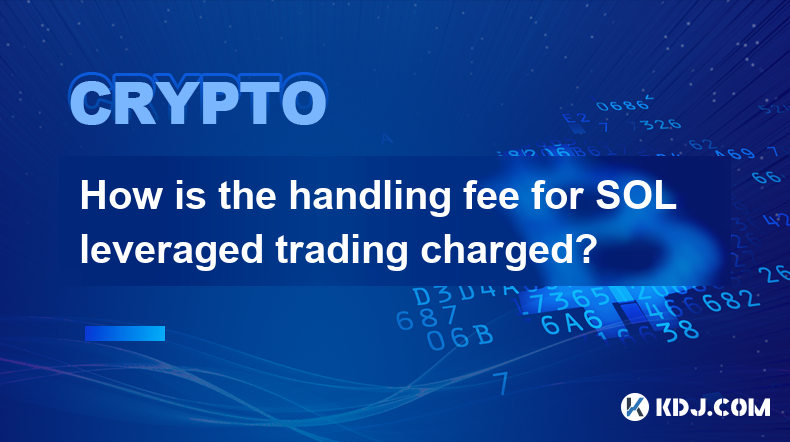
Key Points:
- Solana's leveraged trading fees aren't directly charged by the Solana network itself. Instead, they're determined by the specific exchange or platform facilitating the trade.
- Fees vary significantly based on factors like the leverage used, the trading volume, the exchange's fee structure, and whether maker or taker fees apply.
- Understanding the fee breakdown is crucial to managing trading costs and profitability.
- Different exchanges offer various fee structures, making comparison shopping essential before engaging in leveraged trading.
- Hidden fees, like funding rates, can impact overall trading costs, and should be carefully considered.
How is the handling fee for SOL leveraged trading charged?
Solana (SOL) leveraged trading fees aren't a simple, single charge. Unlike transaction fees on the Solana blockchain itself, which are relatively straightforward, leveraged trading fees are complex and depend heavily on the chosen exchange or platform. The Solana network doesn't impose fees on leveraged trades; the fees are levied by the intermediary platforms. These platforms are responsible for providing the leverage and managing the risk involved in amplified trading.
The most significant factor influencing the fee is the leverage itself. Higher leverage typically means higher fees. Exchanges often charge a percentage of the trade value as a fee, and this percentage can increase proportionally with the leverage multiplier. For example, a 5x leveraged trade might incur a higher fee than a 2x leveraged trade, even with the same trade volume.
Beyond the leverage multiplier, the trading volume plays a critical role. Many exchanges implement a tiered fee system, where larger trade volumes attract lower fees per trade. This is a common practice designed to incentivize higher trading activity on the platform. The more SOL you trade, the potentially lower the fee percentage will be.
Another crucial element is the distinction between maker and taker fees. Maker fees are typically lower and are charged when a trader adds liquidity to the order book (placing a limit order). Taker fees are generally higher and are charged when a trader removes liquidity from the order book (placing a market order). Understanding this difference can help you minimize your trading costs by strategically placing your orders.
The specific fee structure is entirely dependent on the exchange. Each exchange sets its own fee schedule, which can vary widely. Some exchanges may offer lower fees to attract users, while others may prioritize higher profitability. Before engaging in leveraged SOL trading, it's essential to thoroughly review the fee structure of the chosen platform. Comparing fee schedules across multiple exchanges can significantly impact your overall trading costs.
Many platforms also incorporate hidden fees, or those that aren't immediately obvious. A prominent example is the funding rate, which is a periodic payment made to or received from other traders to balance the supply and demand for long and short positions. Funding rates fluctuate based on market sentiment and can add to or subtract from your overall trading costs. A positive funding rate means you'll pay, while a negative rate means you'll receive a payment.
Furthermore, some platforms may charge withdrawal fees when you transfer your SOL from the exchange to your personal wallet. This is a separate fee from the leveraged trading fee itself, but it's an important consideration for your overall trading expenses.
The complexity of these fees underscores the importance of diligent research and careful consideration before engaging in leveraged trading with SOL. The seemingly simple act of trading amplified SOL involves numerous fee components, and understanding each is crucial to successful trading.
Frequently Asked Questions:
Q: Are SOL leveraged trading fees fixed?
A: No, SOL leveraged trading fees are not fixed. They vary based on the exchange, leverage used, trade volume, whether you're a maker or taker, and the funding rate.
Q: How can I find the fee schedule for a specific exchange?
A: Most exchanges clearly outline their fee structures on their websites, usually in a section dedicated to fees or trading. Look for terms like "fee schedule," "trading fees," or "commission structure."
Q: What is a funding rate, and how does it affect my trading costs?
A: A funding rate is a periodic payment (positive or negative) based on the imbalance between long and short positions. A positive rate means you pay; a negative rate means you receive payment. It impacts your overall profit or loss.
Q: Can I avoid fees entirely in SOL leveraged trading?
A: No, you cannot completely avoid fees in SOL leveraged trading. All platforms charge fees, though the amounts and structures vary. However, you can minimize your fees by choosing exchanges with competitive fee structures and strategically placing orders (making instead of taking).
Q: Are there any free or low-fee options for SOL leveraged trading?
A: Some exchanges might offer lower fees than others, or have promotional periods with reduced fees. However, there are no completely fee-free options for leveraged trading on any platform. Always compare fee schedules before choosing an exchange.
Q: What happens if I don't have enough funds to cover the fees?
A: If you don't have enough funds to cover trading fees, your trade may be rejected. It's crucial to ensure you have sufficient funds to cover all fees associated with your leveraged trades.
Disclaimer:info@kdj.com
The information provided is not trading advice. kdj.com does not assume any responsibility for any investments made based on the information provided in this article. Cryptocurrencies are highly volatile and it is highly recommended that you invest with caution after thorough research!
If you believe that the content used on this website infringes your copyright, please contact us immediately (info@kdj.com) and we will delete it promptly.
- California Has Taken a Major Step Toward Securing Bitcoin and Cryptocurrency Rights by Amending Its Assembly Bill 1052
- 2025-04-01 01:40:12
- Markets May Be Approaching a Key Turning Point
- 2025-04-01 01:40:12
- BTC Bull Presale Raises $4.3M Offering 97% APY Staking & Exclusive BTC Airdrops
- 2025-04-01 01:35:12
- Crypto prices remain under significant selling pressure
- 2025-04-01 01:35:12
- Mutuum Finance (MUTM) Is Making Waves as a Strong Challenger to Ethereum (ETH) Rivals
- 2025-04-01 01:30:11
- In a Whirlwind of Technological Advancements
- 2025-04-01 01:30:11
Related knowledge

What are the official USDT trading platforms? The latest top ten USDT trading platforms
Mar 27,2025 at 05:23pm
Full analysis of USDT trading platform: Exploring the official and the top ten latest platforms1. Understand USDTUSDT, or Tether, is a stablecoin pegged to the US dollar. Its issuer promises that each USDT will have one dollar reserve as support, aiming to provide a stable value scale and medium for trading for the digital currency market. In digital cu...
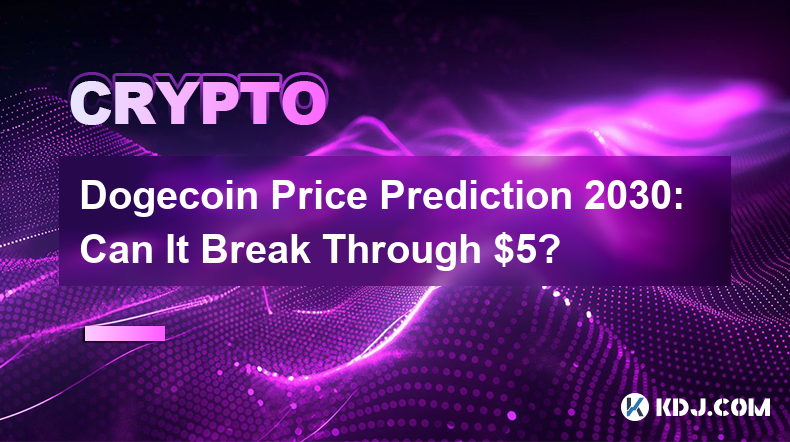
Bitcoincoin price forecast for 2030: Can it break through $5?
Mar 27,2025 at 05:06pm
1. Macro factors affecting Dogecoin price Overall trend in the cryptocurrency market The cryptocurrency market has strong correlation, and the trend of Bitcoin often leads the market. During the 2020-2021 bull market, the price of Bitcoin soared from less than $10,000 at the beginning of 2020 to nearly $70,000 in November 2021. At the same time, Dogecoi...
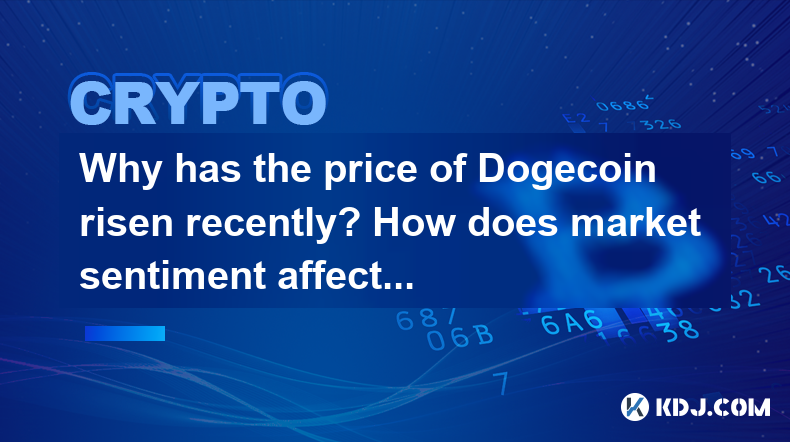
Why has Dogecoin prices rise recently? How does market sentiment affect Doge?
Mar 27,2025 at 04:51pm
Reasons and market sentiment analysis of Dogecoin price recent riseDogecoin (DOGE) price fluctuations have always been known for their drastic nature, and recent rises are no exception. Understanding its price fluctuations requires examining several factors, among which market sentiment plays a crucial role. But relying solely on emotions to explain pri...
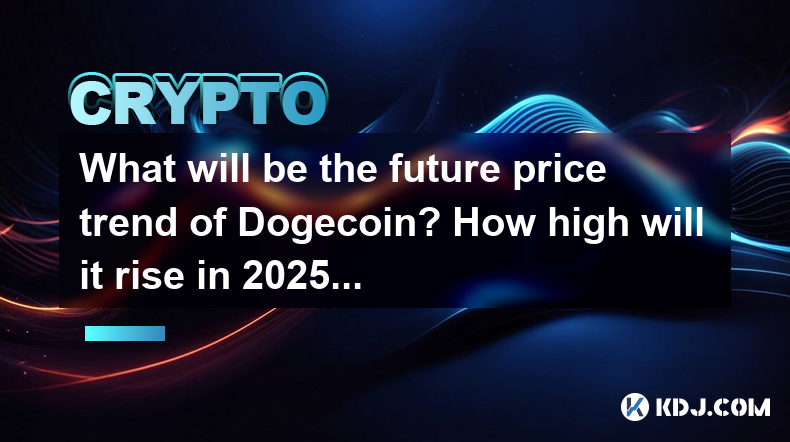
What is the future price trend of Bitcoincoin? How much will it increase in 2025?
Mar 27,2025 at 03:20pm
Dogecoin (DOGE) Price Prediction: 2025 and BeyondPredicting the future price of any cryptocurrency, including Dogecoin, is inherently speculative. No one can definitively say what the price of DOGE will be in 2025 or any other future date. However, we can analyze various factors that might influence its price and explore potential scenarios. The crypto...
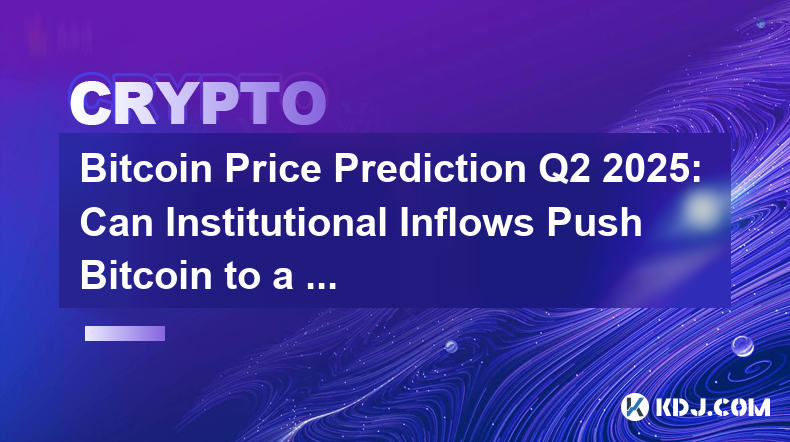
Q2 2025 Bitcoin price forecast: Can institutional capital inflows push a new high of $100,000?
Mar 27,2025 at 03:03pm
The big reveal of the factors that affect Bitcoin priceThe supply and demand relationship is the 'behind the scenes' of priceThe total amount of Bitcoin is set to 21 million, which is fixed and unchanged just like being locked. As mining difficulty increases and block rewards are halved, the supply is getting smaller and smaller. During the bull market,...
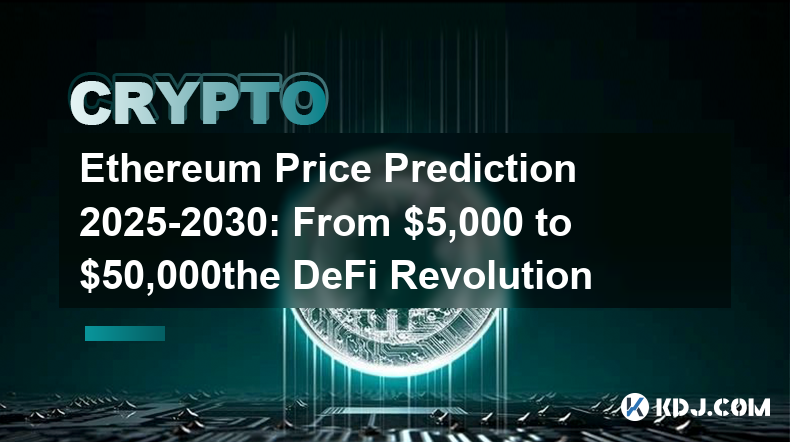
Ethereum Price Forecast 2025-2030: From $5,000 to $50,000 The Defi Revolution
Mar 27,2025 at 02:50pm
As an important force in the blockchain field, Ethereum's price trend has always attracted much attention. When exploring the possibility of Ethereum prices going from $5,000 to $50,000 in 2025-2030, it is necessary to deeply analyze the various driving factors behind it, especially in the development of decentralized finance (DeFi).Ethereum’s core ...

What are the official USDT trading platforms? The latest top ten USDT trading platforms
Mar 27,2025 at 05:23pm
Full analysis of USDT trading platform: Exploring the official and the top ten latest platforms1. Understand USDTUSDT, or Tether, is a stablecoin pegged to the US dollar. Its issuer promises that each USDT will have one dollar reserve as support, aiming to provide a stable value scale and medium for trading for the digital currency market. In digital cu...

Bitcoincoin price forecast for 2030: Can it break through $5?
Mar 27,2025 at 05:06pm
1. Macro factors affecting Dogecoin price Overall trend in the cryptocurrency market The cryptocurrency market has strong correlation, and the trend of Bitcoin often leads the market. During the 2020-2021 bull market, the price of Bitcoin soared from less than $10,000 at the beginning of 2020 to nearly $70,000 in November 2021. At the same time, Dogecoi...

Why has Dogecoin prices rise recently? How does market sentiment affect Doge?
Mar 27,2025 at 04:51pm
Reasons and market sentiment analysis of Dogecoin price recent riseDogecoin (DOGE) price fluctuations have always been known for their drastic nature, and recent rises are no exception. Understanding its price fluctuations requires examining several factors, among which market sentiment plays a crucial role. But relying solely on emotions to explain pri...

What is the future price trend of Bitcoincoin? How much will it increase in 2025?
Mar 27,2025 at 03:20pm
Dogecoin (DOGE) Price Prediction: 2025 and BeyondPredicting the future price of any cryptocurrency, including Dogecoin, is inherently speculative. No one can definitively say what the price of DOGE will be in 2025 or any other future date. However, we can analyze various factors that might influence its price and explore potential scenarios. The crypto...

Q2 2025 Bitcoin price forecast: Can institutional capital inflows push a new high of $100,000?
Mar 27,2025 at 03:03pm
The big reveal of the factors that affect Bitcoin priceThe supply and demand relationship is the 'behind the scenes' of priceThe total amount of Bitcoin is set to 21 million, which is fixed and unchanged just like being locked. As mining difficulty increases and block rewards are halved, the supply is getting smaller and smaller. During the bull market,...

Ethereum Price Forecast 2025-2030: From $5,000 to $50,000 The Defi Revolution
Mar 27,2025 at 02:50pm
As an important force in the blockchain field, Ethereum's price trend has always attracted much attention. When exploring the possibility of Ethereum prices going from $5,000 to $50,000 in 2025-2030, it is necessary to deeply analyze the various driving factors behind it, especially in the development of decentralized finance (DeFi).Ethereum’s core ...
See all articles























































































